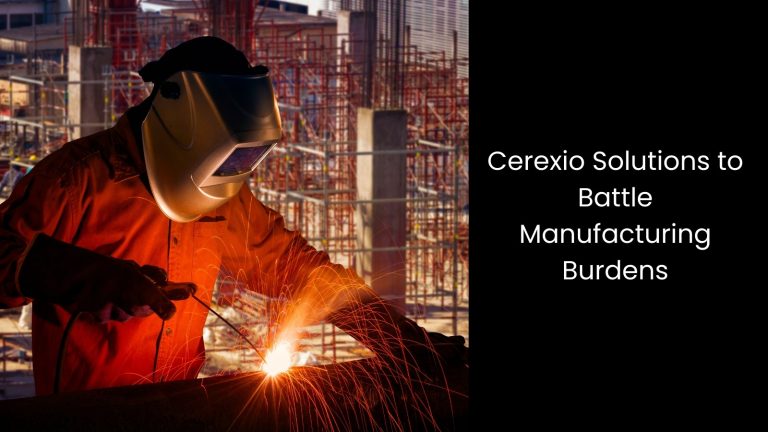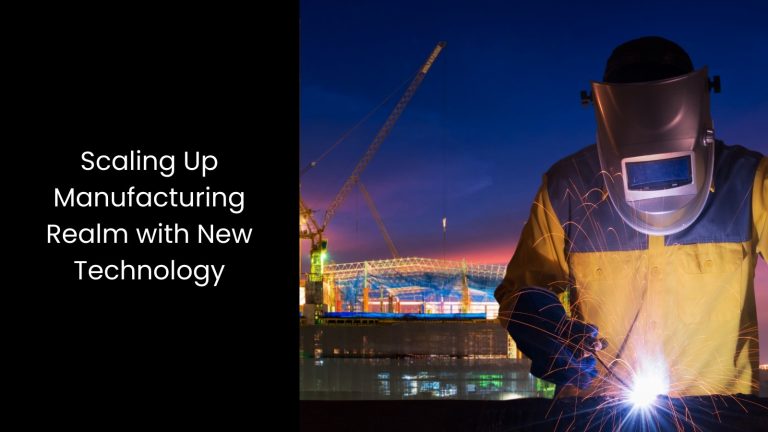As you can see, the backbone of Singapore’s economic success, its robust manufacturing sector, has thrived on a combination of strategic location, a skilled workforce, and efficient infrastructure. But like everywhere else, cracks are appearing in this foundation as well nowadays. According to the latest reports, global manpower shortages and disruptions to supply chains seem to be threatening this industry in Singapore.
In this article, we look into the potential impact of these challenges on manufacturing in Singapore and how to stay away from them strategically.
We will explore
What is Vendor Management?

- The manufacturing industry in Singapore is facing significant challenges due to a lack of manpower and disruptions in the supply chain. These issues have been intensified by the ongoing Israel-Hamas war and the Red Sea crisis, which have increased import costs by about 20%, leading to higher production costs.
- Despite the industry’s efforts to stay updated with new trends and technology, these external factors make it difficult to remain competitive.
- The Singapore Manufacturing Federation (SMF) has emphasised the need for innovation to meet its goal of growing the manufacturing sector by 50% over ten years and maintaining its contribution to about 20% of the GDP.
- It is visible that in 2023, the sector contributed approximately 18.6% of the GDP, amounting to S$125 billion, and employed 450,000 workers.
- As it is evident, if the industry does not innovate, it risks failing to achieve its growth targets.
Key Solutions to Battle Challenges in Singapore Manufacturing

Automation and Robotics
If we need to address the challenges in Singapore’s manufacturing industry caused by manpower shortages and supply chain disruptions, we should focus on automation and robotics. Let us explain how this works.
As you may see, investing in automation and robotics can help reduce reliance on human labour, increase efficiency, and lower production costs. Plus, those advanced machines can take over repetitive tasks, allowing human workers to focus on more complex activities.
For example, robots can handle tasks like assembling products, packing goods, or moving factory materials. This not only speeds up the production process but also minimises errors, leading to higher-quality products.
In one way, automation helps businesses adapt quickly to changes in supply chains by using smart systems that can monitor and adjust processes in real-time. When supply chain disruptions occur, automated systems can reroute resources or find alternative solutions faster than humans can.
In another way, automation allows for 24/7 operation, which boosts productivity and ensures that manufacturing continues even when there are labour shortages. Workers can then take on roles that require critical thinking, problem-solving, and creativity, which machines cannot replicate.
This shift not only enhances overall efficiency but also helps workers develop new skills and advance in their careers.
Upskilling Workforce
Did you know that providing training programmes to upskill the current workforce can help bridge the manpower gap in Singapore?
If they can equip their workers with advanced skills in technology and manufacturing processes, companies can improve productivity and innovation. When you train workers in areas like robotics, automation, and data analysis, it allows them to handle more complex tasks and operate advanced machinery. This reduces the dependency on a large number of workers for basic tasks and helps the industry run more efficiently.
On the other hand, upskilled workers can also lead to better problem-solving and quicker adaptation to changes in the supply chain. When workers understand new technologies and processes, they can find innovative ways to overcome disruptions and keep production lines running smoothly.
Not to say that ongoing education keeps the workforce flexible and ready to adopt new technologies as they emerge. The latter ensures the industry remains competitive globally.
Also, companies can partner with educational institutions or set up in-house training programmes to continuously develop their employees’ skills. This not only boosts morale and job satisfaction but also prepares the workforce for future challenges.
Diversifying Supply Chains
If they need to be resilient in the dynamic manufacturing industry in Singapore, then the manufacturers should diversify their supply chains. Let us explain why in the below section.
This can involve sourcing raw materials from multiple regions or developing local suppliers to reduce dependency on any single source. For example, instead of relying on one country for a critical component, companies can find alternative suppliers in different parts of the world.
This strategy ensures that if one source faces a disruption, others can continue to supply the needed materials.
Manufacturers can also look for local suppliers to shorten supply chains and reduce risks associated with international shipping and geopolitical issues. The reason is that local sourcing not only enhances reliability but also supports the local economy.
Another strategy is for manufacturers to build partnerships with multiple suppliers for the same material. If this is possible, it will create a network that can quickly adapt to changes and disruptions.
Also, if they can use technology to monitor and manage these diverse supply chains, companies can respond faster to any issues and maintain steady production. This level of diversification also allows manufacturers to take advantage of cost differences in various regions, potentially lowering overall production costs.
Adopting Digital Technologies
In a world full of digitalisation, implementing digital solutions such as the Internet of Things (IoT), artificial intelligence (AI), and big data analytics can enhance production processes. On the other hand, they can improve supply chain management and provide real-time insights for better decision-making.
IoT devices can monitor machinery and equipment, predicting maintenance needs before breakdowns occur. This helps avoid costly downtime and ensures smooth production.
Not to mention that AI can optimise production schedules, manage inventory levels, and even forecast demand, allowing companies to respond quickly to market changes. While all of this occurs, Big Data Analytics can analyse vast amounts of data from different sources, giving manufacturers insights into inefficiencies and areas for improvement.
What is more, using these technologies, companies can automate routine tasks, freeing up workers to focus on more strategic roles. Plus, those digital tools can also track and manage the supply chain, identifying potential disruptions early and finding alternative solutions faster.
This reduces the risk of delays and keeps production on track.
Government Support and Incentives
The Singaporean government can play a crucial role by offering financial incentives, grants, and tax breaks to support innovation and technological adoption in the manufacturing sector.
For example, the government can provide grants to companies that invest in advanced machinery and automation, helping them reduce reliance on human labour and increase efficiency. If they can go for certain tax breaks, this will encourage businesses to adopt new technologies that improve production processes and supply chain management.
Additionally, the government can support research and development (R&D) by funding projects that drive innovation in manufacturing. This can lead to the creation of new products, processes, and technologies that keep the industry competitive.
Policies that encourage workforce development also play an important role. The government can fund training programmes that upskill workers, equipping them with the knowledge and skills needed to operate advanced technologies. This helps bridge the manpower gap and ensures that the workforce can handle more complex tasks.
Cerexio Solutions to Battle Manufacturing Burdens

Cerexio, as an Industry 4.0 expert in the manufacturing sector in Singapore, offers some cutting-edge software solutions for manufacturing organisations to optimise their productions, expressing higher levels of resilience in today’s world. With these tools, you can enhance your manufacturing cycles with 100% accuracy.
Scaling Up Manufacturing Realm with New Technology

It is common for any sector to flourish with time if it needs to be resilient to the evolving competition in today’s world. With the right strategies and tools, manufacturers can walk a long way, for sure. However, the right partnership plays a critical role in this case.
